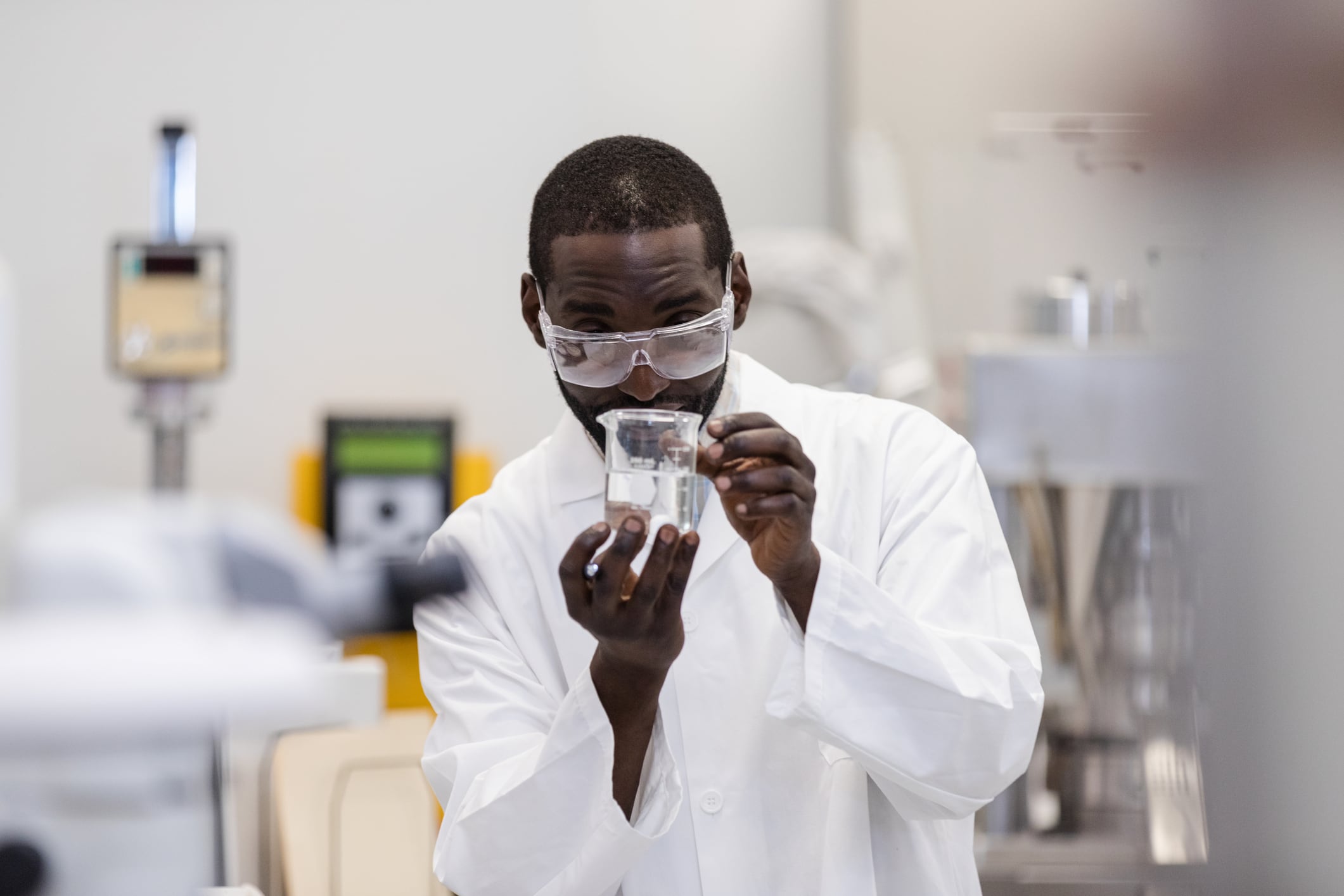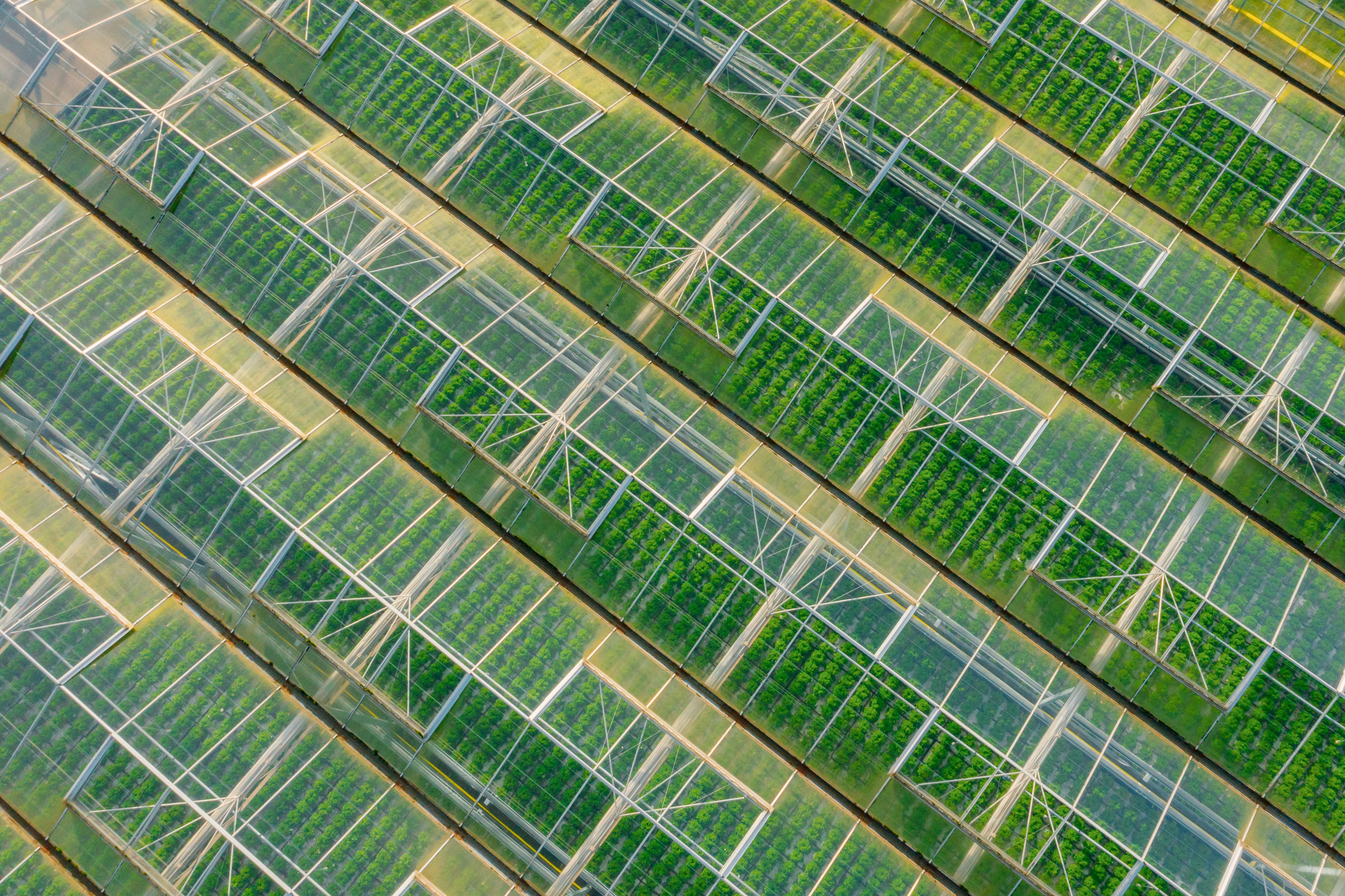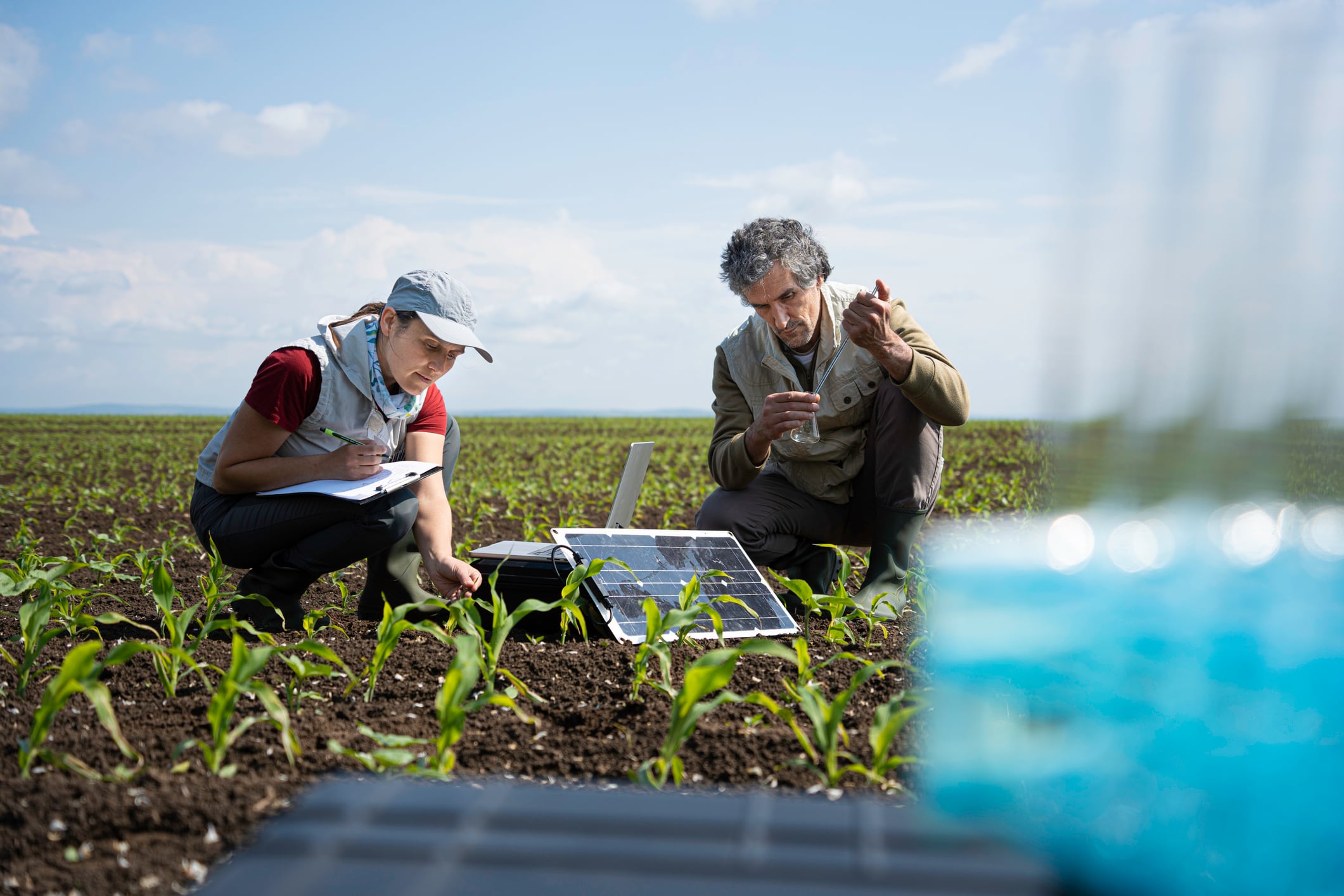President Trump’s funding freeze is significantly disrupting agricultural research at US universities with severe consequences for critical projects.
Federal funding suspensions have forced the closure of labs and halted midstream projects, including poultry genetics studies at UC Davis and drought-resistant crop development, Reuters reports.
Both vital research and US global competitiveness is at risk, its report warns. US agricultural R&D funding has stagnated at ~$5 billion annually (2020 levels), while China has become the world’s largest funder.
Fewer breakthrough start-ups?
Leaps by Bayer, Bayer’s impact investment unit, says it has multiple companies that were founded based on academic research. With less academic research one might expect there to be fewer breakthrough companies being founded in the future.
The current uncertainty around agricultural research funding at US universities is “concerning”, particularly given the breadth and scope of ongoing research projects across multiple domains, adds Mary Shelman, the former director of Harvard Business School’s agribusiness programme who now leads the Shelman Group consultancy.
“We have seen some significant initiatives directly impacted by funding freezes, which inevitably slows the progress of innovation,” she told AgTechNavigator.
But an equally pressing issue, she says, is whether current agricultural research investments are strategically aligned with today’s most critical challenges and opportunities.
“Right now, US agriculture is facing several transformative trends,” she said, citing declining global competitiveness relative to countries like Brazil, rising labour costs, shifting consumption patterns accelerated by the growth of GLP-1 weight-loss drugs (potentially marking “peak calorie consumption” in developed countries), and the rapid adoption of AI technologies.
Reform and repair?
This moment of funding uncertainty offers the US and US universities a valuable opportunity to reassess and strategically examine their agricultural research priorities and investments, she believes. “Rather than simply restoring funding to the existing structure, we should first ask: Are we investing in the right places to reclaim and solidify our leadership position in the global agriculture and food sector?”
Shelman worked with the Irish government to develop a comprehensive national agriculture & food strategy specifically aimed at enhancing the country’s global export competitiveness. By aligning its research and investment priorities strategically, Ireland was able to significantly boost its ag and food exports in terms of both volume and value, she says.
The US, and US universities, now have a similar opportunity, she claims. “Rather than viewing the current situation as a crisis, we should see this as a catalyst for a much-needed recalibration of strategy—one that repositions our country and universities competitively, directs resources effectively, and ensures the future strength and global leadership of American agriculture.”





